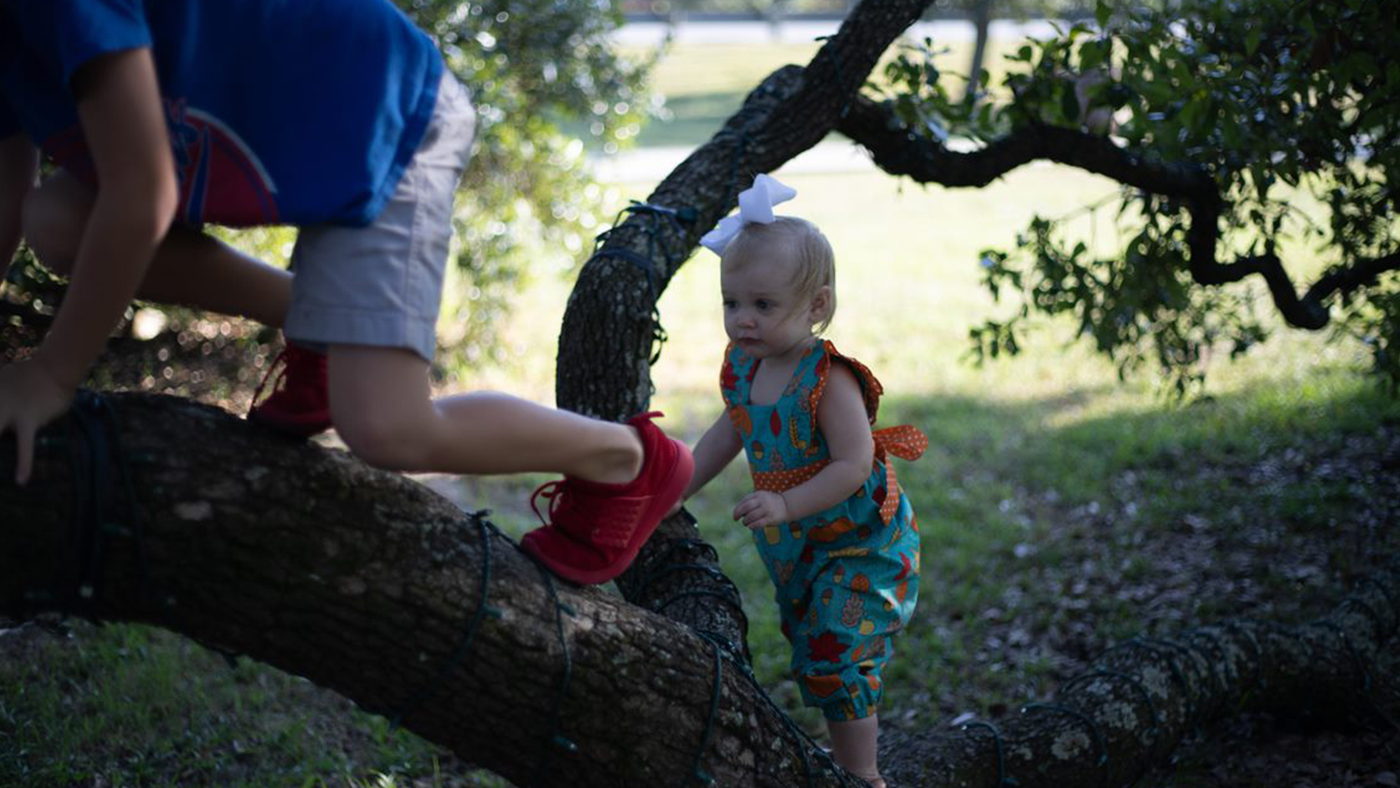Myth busting: Real learning only happens when your child is sitting still and quiet... or does it?

Sitting still, staying quiet, maintaining eye contact... these are all asked of children when they’re learning and often considered to be signs that the child is listening and learning effectively. But is it true that we learn best when sitting quietly, or is there value in getting the body involved and allowing fidgeting, movement and even learning on the go?
Myth: Children should be sitting still and listening in order to learn.
Fact: Children learn best through experience, and by engaging their senses, so movement is key. From fidgeting while listening to learning through doing things instead of watching – bodies and brains are made to move.
Why is the myth of sitting to learn so ingrained in our expectations?
From a young age we have been shown an expectation that we show attention by giving someone (or something) 100% of our focus, and have an idea that we should show this by staying still – being visibly attentive.
However, as you’ll know if you’ve ever found yourself fidgeting in a long meeting, or doodling while on the phone, or learning from a podcast as you walk, often we can pay attention while moving – sometimes you might feel you need to move in order to refocus.
This is true for children too, so dropping the assumption that they should be sitting still or looking at you all the time to be paying attention will help them to listen and learn in a way that suits them best.
Learning involves mastering new skills or expanding knowledge
It is closely linked to memory as we need to remember and recall new skills or knowledge to be able to say that we have truly learnt them. Following this definition, learning is a process leading us or our babies and children to the point where they can do something or know some information and can retrieve it when needed.
The ability to sit and focus on information being given verbally develops as our brains develop, and we can control our attention and process what is being said. And of course there will be times when your child sits still, absorbing what they're hearing and seeing – quietly taking things in. But for babies and young children, approaches to learning involve them being actively involved in what they are doing, and often moving as they get involved!
Babies and young children gain lots of information about the world (learn) by combining information from their senses. This means learning for your baby, toddler or child is likely to involve a mixture of looking, touching, listening and moving.
You might find that there are some things you find easier to learn by touching, moving or looking at them than from information given verbally or in text. But for children, this is particularly true as the area of their brain that controls executive function skills is still developing and will develop through experiences.
Listening and learning looks different for everyone, and at different times of the day too. Sometimes it might look like sitting still and focusing deeply on one thing. At other times your child might look distracted and in their own world, doing their own thing. But for them, jumping, running or fidgeting might be just what they need at that moment to keep their busy body and brain in tune. And enjoying lots of sensations at once is all part of learning!